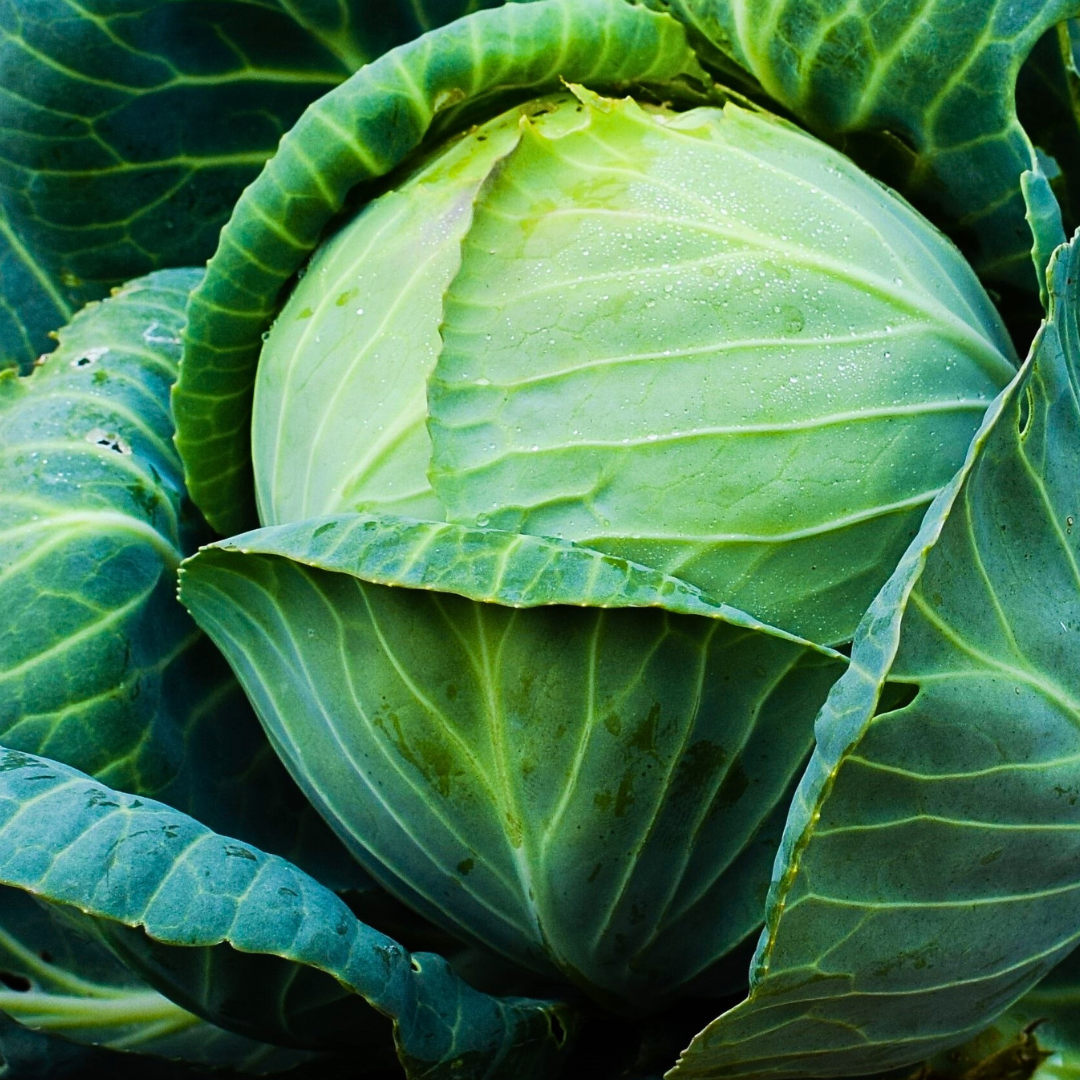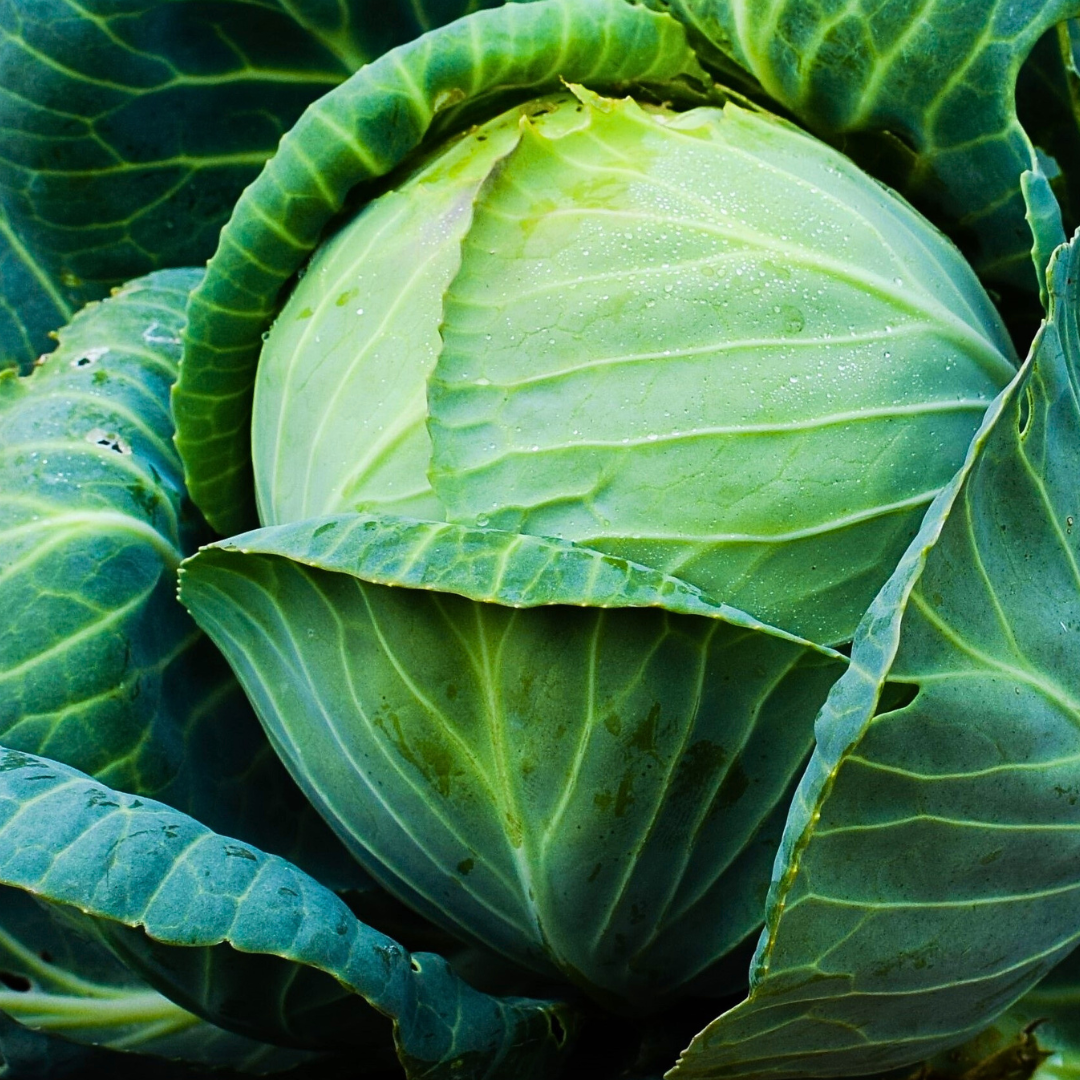Bravo Cabbage Seed
Bravo Cabbage Seed
Couldn't load pickup availability
Seed Type
Seed Type
F1 Hybrid (Untreated)
Seeds Per Pack
Seeds Per Pack
50
Days to Maturity
Days to Maturity
85
Disease Resistance
Disease Resistance

Why Grow Bravo Cabbage?
Widely-Adapted for All Regions Bravo Cabbage is an exceptional hybrid cabbage variety that performs well across a wide range of growing conditions. Renowned for its adaptability, Bravo Cabbage thrives from the Deep South's winter to the Northern summer, proving its versatility and robustness in various climates. Bravo Cabbage is perfect for close spacing of 10-12 inches, allowing for a denser planting that maximizes yield per square foot. This spacing ensures a steady supply of uniform, high-quality heads that meet market demands with ease.
An Impressive Performer Bravo Cabbage stands out with its impressive field performance, making it a top choice for growers seeking reliability and high-quality produce. The large, round heads are uniformly shaped and boast a striking blue-green hue, adding a vibrant touch to any harvest. If you're aiming to produce sauerkraut, Bravo Cabbage excels with wider spacing of 18-24 inches. This spacing accommodates the cabbage’s robust growth and size, ensuring ample room for development and a bountiful harvest of large, flavorful heads ideal for fermentation.
Bravo Cabbage Growing Tips
• When to Plant Cabbage
Cabbage is a "cool season" vegetable that grows best in the fall and early spring months. Cabbage should be transplanted as opposed to being directly seeded in the backyard garden. Plant seeds indoors or in a greenhouse 4-6 weeks before your intended in-ground planting date.
Cabbage transplants should be planted outdoors once they have a well-established root ball in their seed starting containers. Aim to put your transplants in the ground in the late summer months for a fall planting or in the late winter months for a spring planting.
Cabbage plants should be planted at least 1 foot apart along your garden rows. If growing cabbage in raised beds or containers using the square foot gardening method, give each plant approximately 1' of space for best results.
• How to Fertilize Cabbage
It's always a good idea to apply some pre-plant fertilizer to the soil prior to planting cabbage transplants. We like to sprinkle Coop Gro organic fertilizer on our raised beds or along our rows prior to planting. This ensures the plants have the right nutrients to put down roots in their new soil.
Cabbage is considered a "heavy-feeder," which means it will respond well to additional fertilizations as it grows. To grow large heads of cabbage, you'll want to feed it with a nitrogen-based fertilizer several times throughout the growth cycle.
Once your cabbage transplants start to grow, feed them every 3-4 weeks with a high-nitrogen fertilizer -- something like a 13-0-0 or higher will usually suffice. You can also incorporate chicken manure or other animal manure into the soil a few weeks before planting. This will also provide lots of nitrogen to make large heads of cabbage.
*To learn more about how to fertilize certain cool season vegetables, watch this video.
• When to Harvest Cabbage
Cabbage should be harvested once the plants form a compact head of cabbage where the leaves are tightly wound in a large ball. When grown in the fall and winter months, cabbage tends to hold really well. This gives you a longer harvesting window, allowing you to cut heads of cabbage as you need them.
When growing cabbage in the spring months, the harvesting window will be shortened as temperatures are warming. Cabbage may be prone to bolt or split with sudden warming in the late spring and summer months.. As a result, you may need to harvest heads as soon as they're large and ready.

